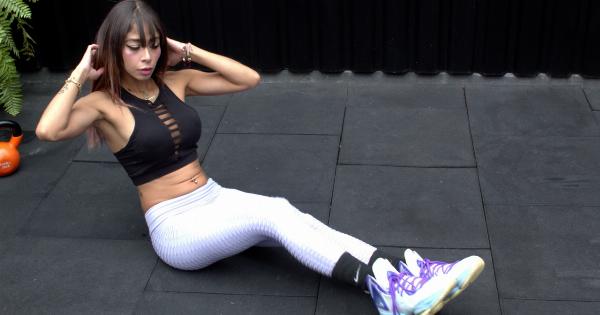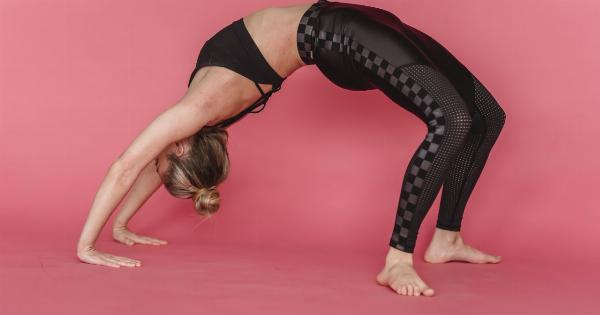Gymnastics is a physically demanding sport that requires strength, flexibility, coordination, and skill. Whether you are a beginner or an advanced gymnast, it is important to prioritize safety during training.
While there are numerous challenging moves in gymnastics, there are also certain moves that should be avoided due to the increased risk of injury. In this article, we will discuss ten gymnastics moves that should be avoided for safety reasons.
1. Tkachev Release Move on uneven bars
Tkachev is a high-level release move on the uneven bars that involves a backward somersault or a flyaway over the high bar. This move requires advanced skills and a high level of strength.
However, attempting this move without proper technique and strength can lead to serious injuries, such as wrist sprains or fractures.
2. Double Front Flip
The double front flip is an impressive move that requires exceptional skill and awareness of body positioning. Performing this move without proper training and guidance can result in severe head and neck injuries.
It is crucial to only attempt the double front flip under the supervision of a qualified coach.
3. Arabian Flip on Balance Beam
The Arabian flip on the balance beam involves a forward somersault with a half twist. While this move is visually appealing, it is extremely risky and can lead to serious ankle, knee, or head injuries if not executed properly.
It is recommended to avoid attempting this move without the guidance and supervision of a coach.
4. Layout Tsukahara on Vault
The layout Tsukahara is a difficult vault move that requires precise technique and strength.
This move involves a round-off onto the springboard, followed by a back handspring onto the vaulting table, and finishing with a backward somersault with an extended body position. Improper execution of this move can result in spinal injuries or collisions with the vault.
5. Full-in Back Tuck on Floor Exercise
The full-in back tuck is a challenging tumbling pass on the floor exercise that combines a double backflip with a full twist. This move requires exceptional power and control.
However, attempting this move without proper technique and strength can lead to serious back, knee, or ankle injuries. Always seek professional guidance before attempting this move.
6. Yurchenko Double Full Twist on Vault
The Yurchenko double full twist is an advanced vault move that involves a round-off onto the springboard, a back handspring onto the vaulting table, and finishing with a double twisting somersault.
Due to the high level of difficulty and the potential for under-rotations, this move can lead to catastrophic injuries, such as head and spinal trauma. It is recommended to avoid attempting this move without extensive training and proficiency.
7. Triple Twisting Yurchenko on Vault
The triple twisting Yurchenko is an extremely difficult and risky vault move that requires a high level of skill and power.
This move involves a round-off onto the springboard, a back handspring onto the vaulting table, and finishing with three twists in the air. The complexity of this move increases the likelihood of accidents, such as botched landings or collisions with the vault. It is imperative to only attempt this move under the supervision of experienced coaches.
8. Inverted Dismount on Bars
An inverted dismount on the uneven bars is a move that involves releasing the bar and performing a flip or a somersault in the air before grasping the bar again. This move requires advanced skill and impeccable timing.
However, miscalculations or errors during the release or re-grasp can result in serious shoulder, wrist, or head injuries. It is advised to avoid attempting this move without extensive training and mastery.
9. Back Handspring Double Twist on Floor Exercise
The back handspring double twist is a challenging tumbling pass on the floor exercise that requires exceptional strength, power, and spatial awareness. This move involves a series of back handsprings combined with a double twisting somersault.
Insufficient technique and preparation can lead to significant ankle, knee, or back injuries. Always seek professional guidance before attempting this move.
10. Ring Handstand to Swing Handstand on Rings
The ring handstand to swing handstand transition on the rings is a highly advanced move that demands exceptional strength and control.
This move involves moving from a handstand position with straight arms to a handstand position with the rings swinging back and forth. Inadequate strength or instability during this move can result in wrist, elbow, or shoulder injuries. It is crucial to receive proper coaching and progress gradually before attempting this move.































